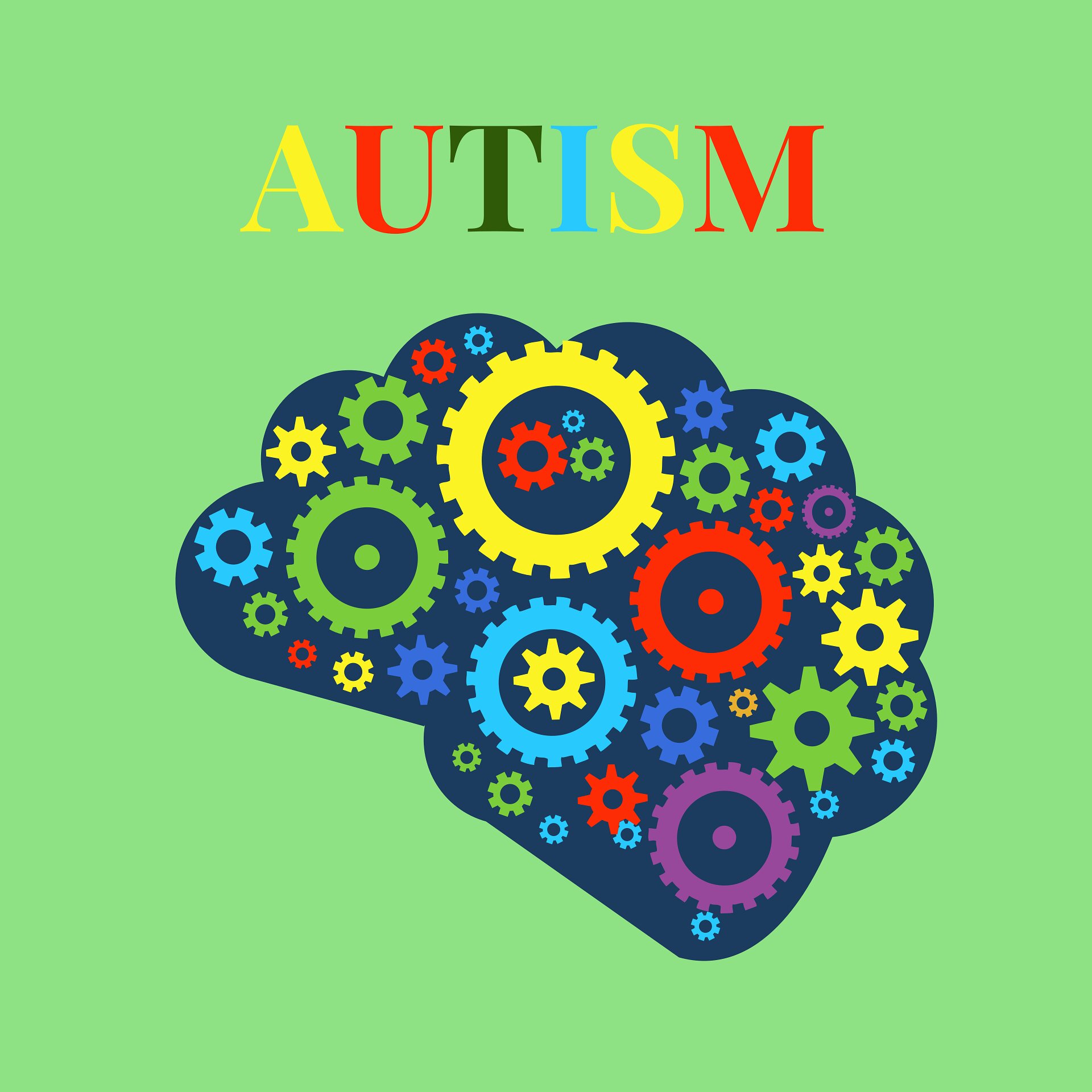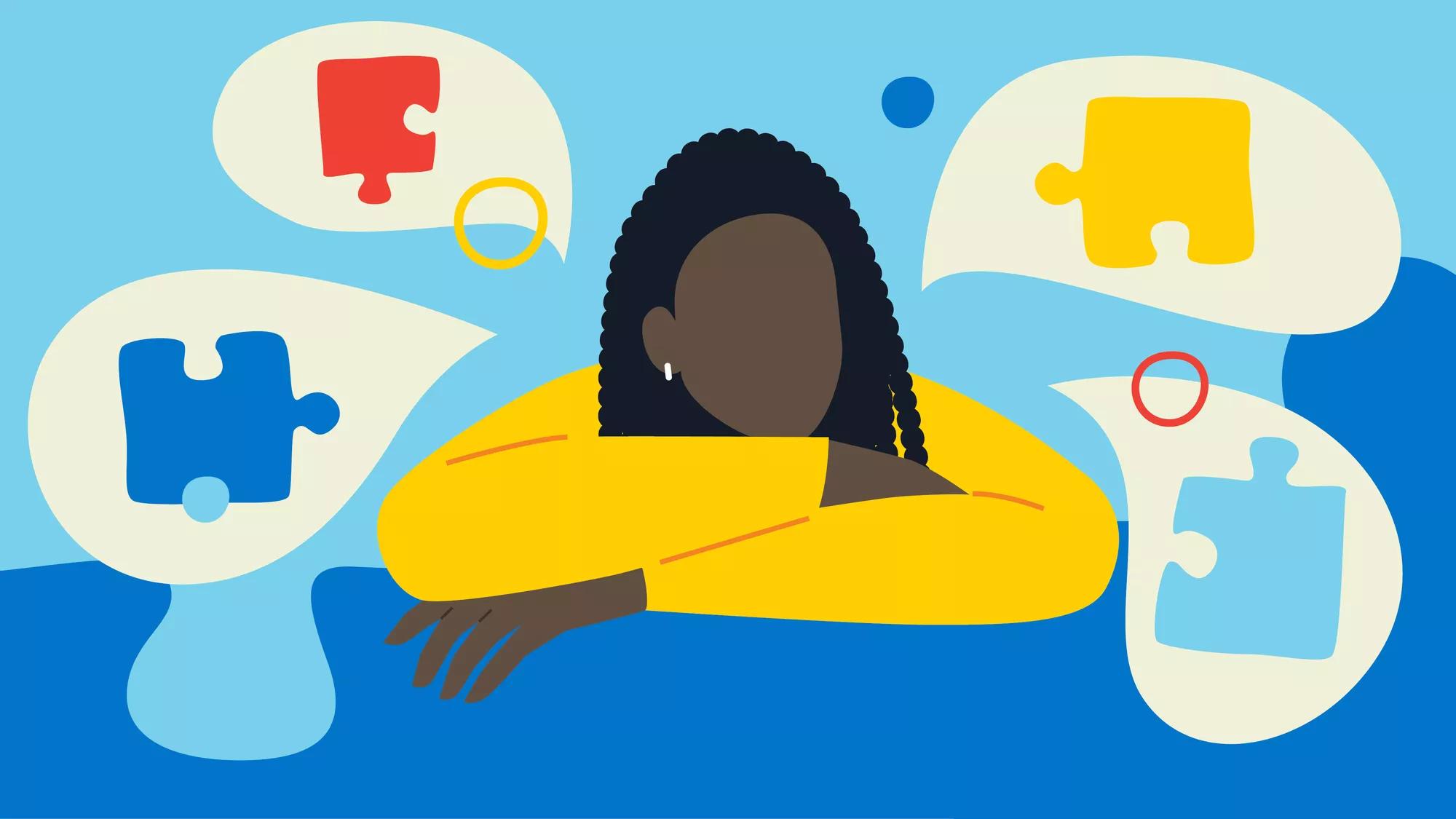Just how to Develop an Inclusive Atmosphere for Friends and Family with Autism
Just how to Develop an Inclusive Atmosphere for Friends and Family with Autism
Blog Article
Comprehending Autism: A Comprehensive Guide to Symptoms And Signs
Autism Range Problem (ASD) encompasses a wide variety of qualities that can significantly impact an individual's social interactions and day-to-day performance. Identifying the symptoms and signs, such as challenges with eye call, social interaction problems, and sensory sensitivities, is crucial for very early treatment. Recognizing these nuances not only aids caregivers and instructors in offering ideal support however additionally promotes a much more comprehensive setting for individuals with ASD. As we check out the intricacies of autism, it comes to be vital to take into consideration how these indications manifest differently throughout the spectrum and what implications they hold for efficient intervention methods.
Overview of Autism Range Disorder
Specifying Autism Spectrum Disorder (ASD) entails recognizing it as a complicated neurodevelopmental problem characterized by an array of difficulties in social interaction, communication, and behavioral patterns. The term "range" reflects the vast variability in symptoms and their seriousness, which can differ considerably from one individual to an additional. ASD usually materializes in very early childhood, although some people might not receive a diagnosis up until later in life.
Factors influencing the advancement of ASD include genetic predispositions and ecological elements, although the specific reasons continue to be under examination. Medical diagnosis often depends on behavioral analyses, as there are no clear-cut medical tests for ASD. Early treatment is crucial and can dramatically enhance outcomes, concentrating on boosting interaction abilities, social communications, and adaptive behaviors.
Individuals with ASD may also show one-of-a-kind toughness, such as extraordinary attention to detail or specific locations of knowledge. Understanding the complex nature of ASD is crucial for cultivating an inclusive setting that suits neurodiversity. Continued research is essential for creating effective interventions and support systems, making it possible for individuals with ASD to grow and satisfy their prospective within culture.
Typical Signs of Autism
Acknowledging the common indications of Autism Range Condition (ASD) is important for early identification and intervention. These indications can vary widely in extent and discussion, however particular qualities are regularly observed in individuals with ASD.
One of the most common signs is a significant difficulty in maintaining and developing eye call. Individuals may likewise exhibit limited passion in social interactions and show a choice for singular play.
Sensory sensitivities are also usual; people might panic or underreact to sensory stimuli, such as lights, structures, or audios. autism. Language growth can be irregular, with some youngsters displaying delayed speech or utilizing language in unusual means, including echolalia-- duplicating phrases or sentences listened to in other places
It is vital to note that not every person with ASD will certainly present all these indications, and the degree of these habits can vary considerably. Early acknowledgment enables prompt assistance and resources, improving the quality of life for those on the range.
Social Interaction Obstacles
Social interaction obstacles are a hallmark of Autism Range Disorder (ASD), impacting a person's capacity to engage effectively with others. These problems can manifest in numerous ways, consisting of difficulties in starting and keeping discussions, recognizing social signs, and reacting appropriately in social interactions.
People with ASD may battle with nonverbal communication, such as eye get in touch with, faces, and body movement. This can result in misconceptions, as their communicative intent might not be correctly interpreted by others. They might find it difficult to grasp the nuances of tone and Get More Information context, which are important for efficient communication.
In team settings, individuals with ASD may really feel overwhelmed and may not understand just how to join in conversations (autism). They may additionally display atypical conversational patterns, such as monologuing concerning certain passions without recognizing social reciprocity
Furthermore, these difficulties can lead to social isolation or problems in forming connections, as peers might misinterpret their actions or interaction style. Understanding these social interaction challenges is crucial for cultivating encouraging environments that promote social skills growth and boost the quality of communications for individuals on the autism range.
Sensory Reactions and level of sensitivities
Numerous people with Autism Range Condition (ASD) experience increased sensory sensitivities that can significantly influence their everyday lives. A person with ASD may locate daily noises, such as a vacuum cleaner or crowded environments, extremely upsetting, leading to anxiety or meltdowns.
Sensory processing differences in people with ASD can likewise impact their ability to participate in social interactions and regular activities. For instance, a kid who is sensitive to touch may stand up to physical affection or stay clear of particular clothing textiles. Additionally, a preference for sure textures or preferences can restrict dietary options and develop challenges throughout mealtimes.
Understanding these sensory level of sensitivities is necessary for acknowledging the special experiences of individuals with ASD. Awareness of their sensory accounts can promote far autism better communication and assistance techniques, developing an environment that accommodates their requirements and improves their lifestyle. Eventually, recognizing sensory sensitivities is an important element of understanding the wider range of autism.

Supporting People With Autism
Effective assistance for individuals with Autism Spectrum Problem (ASD) is critical for improving their total health and fostering self-reliance. Support methods ought to be tailored to satisfy the special needs of each person, considering their staminas and obstacles.

Social skills training can also play an essential duty. autism. Engaging people in team activities or role-playing situations can boost their capacity to navigate social interactions. Furthermore, it is vital to inform household members, caretakers, and peers about ASD to promote a comprehensive and supportive neighborhood
Final Thought
By cultivating boosted communication and social skills, people with autism can navigate their settings extra effectively. Eventually, raised understanding and assistance can considerably enhance the quality of life for those affected by ASD.
Autism Spectrum Disorder (ASD) encompasses a large array of attributes that can significantly impact a person's social communications navigate to this website and everyday performance.Individuals with ASD might struggle with nonverbal communication, such as eye contact, facial expressions, and body language.Many individuals with Autism Spectrum Condition (ASD) experience enhanced sensory sensitivities that can dramatically affect their day-to-day lives.Sensory handling distinctions in individuals with ASD can likewise affect their ability to involve in routine activities and social interactions.Understanding these sensory sensitivities is important for identifying the distinct experiences of people with ASD.
Report this page